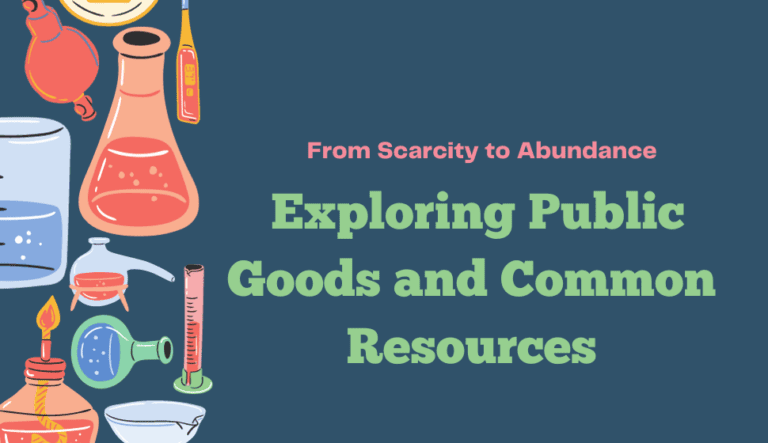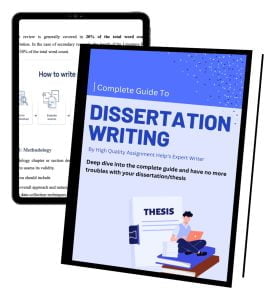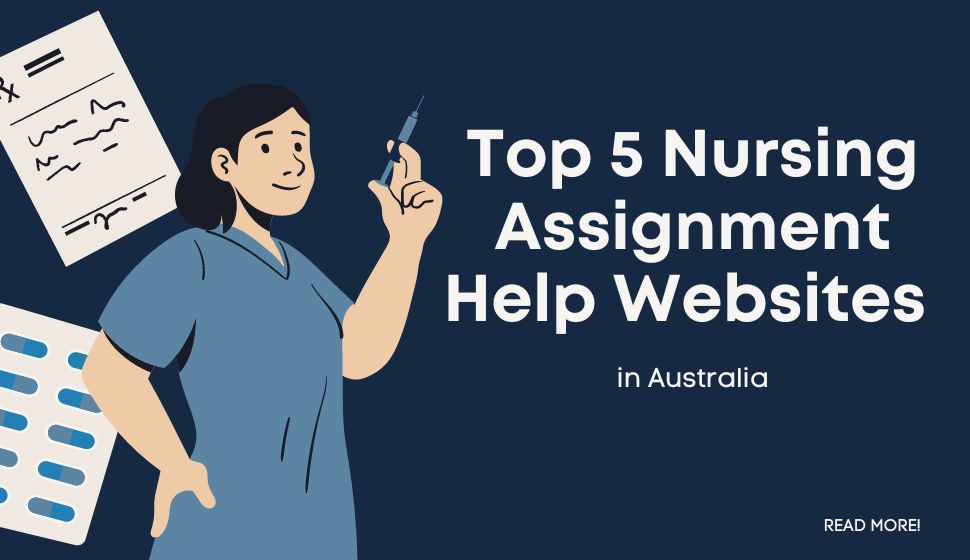Introduction
Public goods and common resources, two terms that may sound abstract, hold profound importance in the world of economics and public policy. These are goods and resources that are characterized by being non-excludable and non-rivalrous, which means they come with unique challenges and opportunities. In this comprehensive guide, we will explore the fascinating world of public goods, common resources, and the economic principles that govern them.
Understanding Public Goods
Public goods are a particular class of goods that are distinguished by their non-excludability and non-rivalry.
- Non-excludability: This implies that preventing someone from using a public good is challenging, if not impossible. Everyone can gain from it once it is made available, and nobody can truly be left out. National defense is a prime example. Whether or not a nation’s citizens pay taxes or contribute to the cost of defense, all of them are protected when that nation makes defense investments.
- Non-Rivalry: When there is no rivalry, the availability of a public good is not diminished for others despite one individual using it. Two obvious examples are well-lit streets and clean air. Inhaling clean air does not make it less available to others, and street lighting serves a community’s needs without becoming less useful to others.
Examples of Public Goods:

- Clean Environment: Environmental resources, such as clean air and water, are considered public goods. Pollution control efforts create a clean environment that benefits everyone.
- National Security: National defense is a classic example of a public good. A strong defense protects all citizens, regardless of their contributions.
The Free Rider Problem: A common companion to the idea of public goods is the “free rider problem.” Some people may decide not to contribute to the provision of public goods as they cannot be precluded from reaping their advantages. They “ride for free,” so to speak, enjoying the benefits of the common good without having to foot the bill. The effective supply of public goods is challenged by this conundrum, which frequently calls for collective action or government intervention.
Understanding Common Resources
Common resources are distinct from public goods but share the characteristic of non-excludability. However, they differ in terms of rivalry. Common resources are characterized by rivalry, meaning that one person’s use of the resource diminishes its availability to others.
- Non-excludability: Like public goods, common resources have the quality of being non-excludable. This implies that it is impossible to successfully stop anyone from using or gaining access to these resources. For instance, every fisherman in a town has access to a common fishing location. It continues to be open to all users regardless of ownership or donations, illustrating the difficulty in excluding users.
- Rivalry: Rivalry is the distinguishing characteristic that separates common resources from public goods. A shared resource’s availability is directly impacted by how individuals use it. The limited availability of these resources is the root of this competition. A classic example is overfishing in a shared fishing area, where each new capture reduces the amount of fish and may jeopardize the resource’s sustainability. In a similar vein, overgrazing in a shared pasture limits the amount of fodder available to other animals, highlighting the competitive nature of shared resources and the requirement for sustainable management to avoid depletion. Comprehending this competition is essential to solving the “tragedy of the commons” and creating efficient resource allocation plans.
Examples of Common Resources:


- Fisheries: Fish in open-access fisheries represent common resources. Overfishing can deplete fish populations and harm the sustainability of the resource.
- Groundwater: Shared groundwater sources used for irrigation can be considered common resources. Excessive extraction can lead to aquifer depletion and scarcity.
The Tragedy of the Commons
Common resources often face a challenge known as the “tragedy of the commons.” The tragedy occurs when individuals, motivated by self-interest, deplete a common resource, leading to its degradation or even exhaustion. The overuse of common resources underscores the importance of managing and regulating their use, often through property rights, regulations, or collective agreements.
Economic Implications and Policy Approaches
The existence of public goods and common resources presents challenges and opportunities for economic analysis and policy-making. Addressing the free rider problem associated with public goods often requires government intervention or mechanisms for collective action. Common resources, on the other hand, necessitate regulations and policies to prevent overuse and environmental degradation.
Conclusion
Public goods and common resources are integral to understanding the dynamics of economics, collective action, and environmental sustainability. These unique categories of goods and resources offer valuable lessons in the complexities of resource allocation, the free rider problem, and the tragedy of the commons.
For students exploring the world of economics, understanding these concepts is essential. If you’re seeking to excel in your studies, consider accessing expert guidance through microeconomics homework help. It can provide the support and insights you need to navigate the intricacies of economic principles and public policy.
Ready to master microeconomics and delve into the economics of public goods and common resources? Contact Assignment Unlocked for top-notch microeconomics homework help and unlock your potential in the field of economics today!





